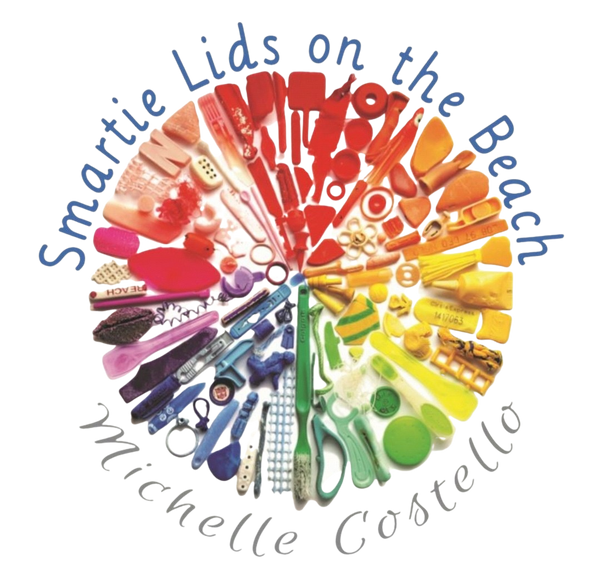All About Smartie Lids
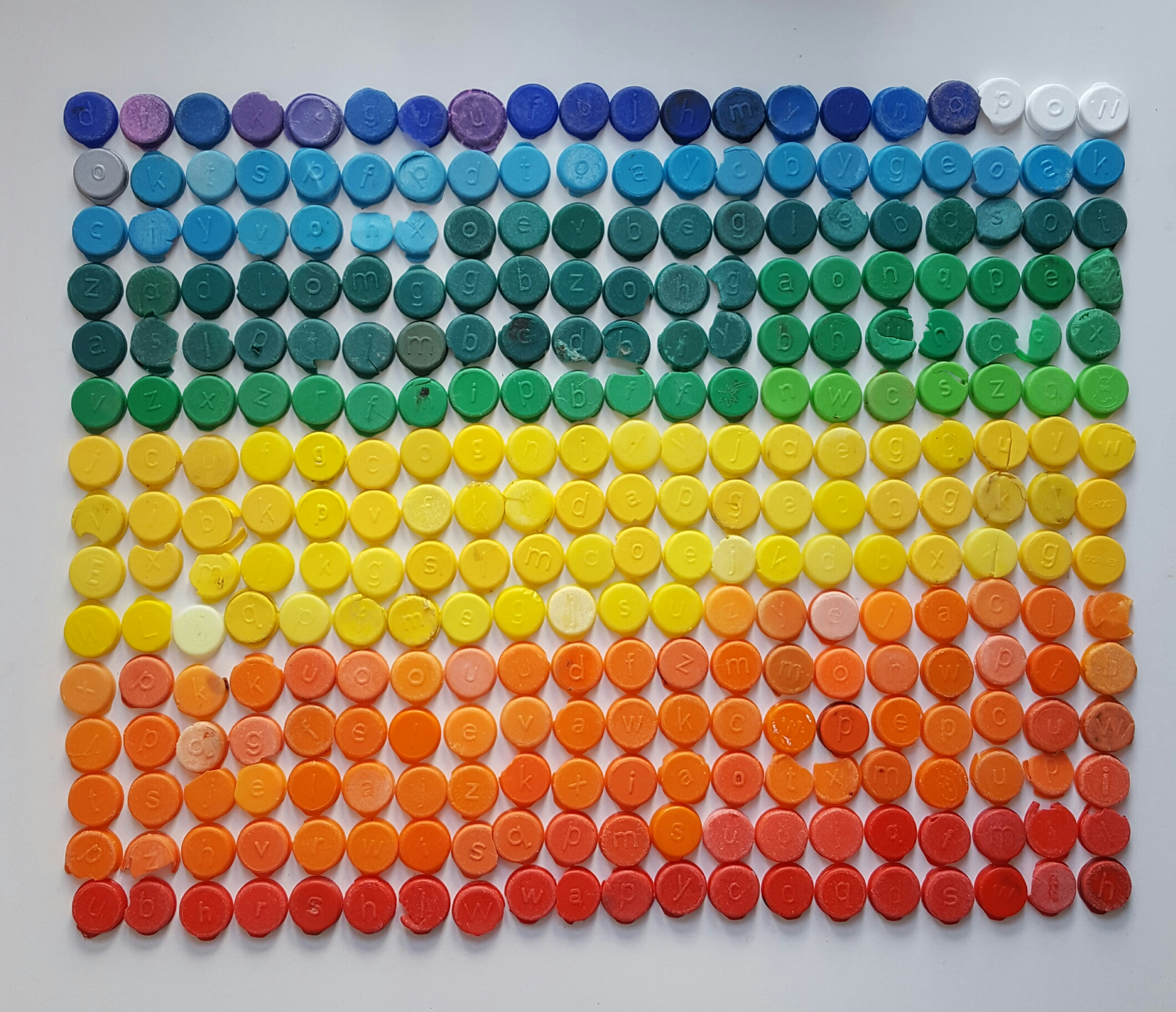
a brief history
Packaging Origins
The iconic chocolate bean was originally made by Rowntree's of York in 1882 and renamed Smarties in 1937. Smarties were sold in cylindrical cardboard tubes, capped with colourful plastic lids that had a letter (or a number) on the underside. The appeal was that you never knew what letter you would get. Children would collect the lids to spell out their names. A spokesperson for Rowntree in the 1980s said the intention was for them to be used as a teaching aid to help young children recognise their letters.

a brief history
Imperial and Metric Lids
In the early days, the tubes had a tear-off paper lid. In the 1950s, plastic lids were introduced, and they were huge. Imperial-sized lids were an inch across with Rowntree on the top and a capital letter on the underside. If you ever find one, they are unmistakable. They seem massive compared to the metric lids. They came in dark blue, yellow, and green and are highly collectable. Half the lids had their tabs up, and half were down.
Metric lids were introduced in the 1960s. They had Rowntree written on the top and a capital letter or a number underneath. In the early 1970s, they were changed to have lower case letters on the underside.
Some lids had a sharp-angled tab. Do you have any of these? I do; they are metric-sized and have no letter on the underside.
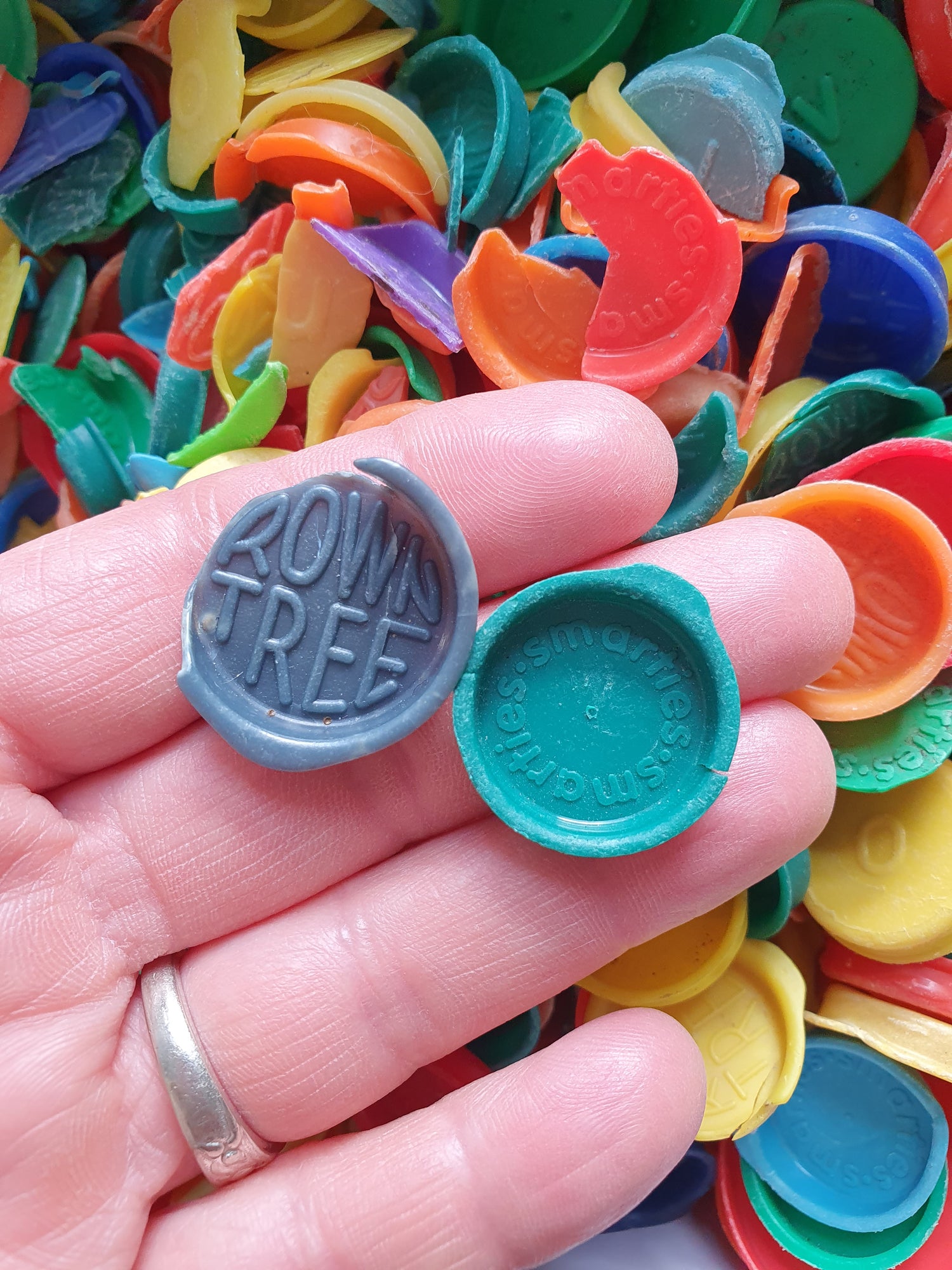
a brief history
Nestlé's Acquisition and Redesign
In 1988, Nestlé acquired Smarties from Rowntree. The packaging was redesigned in the early 1990s, with the new caps replacing the Rowntree name with Smarties and featuring all tabs down. This redesign marked the beginning of an era of innovation, introducing a variety of new special colour lids and further enhancing the fun and collectability of Smarties. The new look and creative lids became a hallmark of the brand, reflecting its evolving identity under Nestlé's ownership.
-

Special Edition Lids (1980s to 1990s)
- Late 1980s: Special edition white lids marking the change of branding.
- 1991: Purple 'cool dude' lids.
- 1992: Gruesome greens.
- 1994: Zapping orange lids.
- 1995/1996: Smartian lids with 8 different designs and 4 different colours, featuring a little alien on the lid instead of a letter.
- 1997: Shark-infested lids in green, yellow, and red.
- 1998: Pea green lids introduced to accompany the film 'A Bug's Life'.
-

Innovative Lids (2000s)
- June 2000: Special edition silver cola lids.
- April 2000: 'Soccer Special' football lids with the words Booked, Tackle, Foul, Penalty, Corner, Pass, Shoot, and Goal.
- 2001: Dinosaur-themed lids in metallic silver and green.
- 2001/2002: Second wave of Smartians, all green.
- 2001: Reintroduction of white lids for a special edition called 'Smarctic Frostbite'.
-

Packaging Transition (2005)
- February 2005: Smarties tube replaced with a hexatube.
- The new tube has a clever hinged cardboard lid, eliminating the need for a plastic cap.
- The change was due to several reasons:
- The lids were a choking hazard.
- The new tubes were spill-resistant.
- It offered a fresh new look.
The change of packaging caused an outcry, and there were letters of disappointment from die-hard Smarties fans.
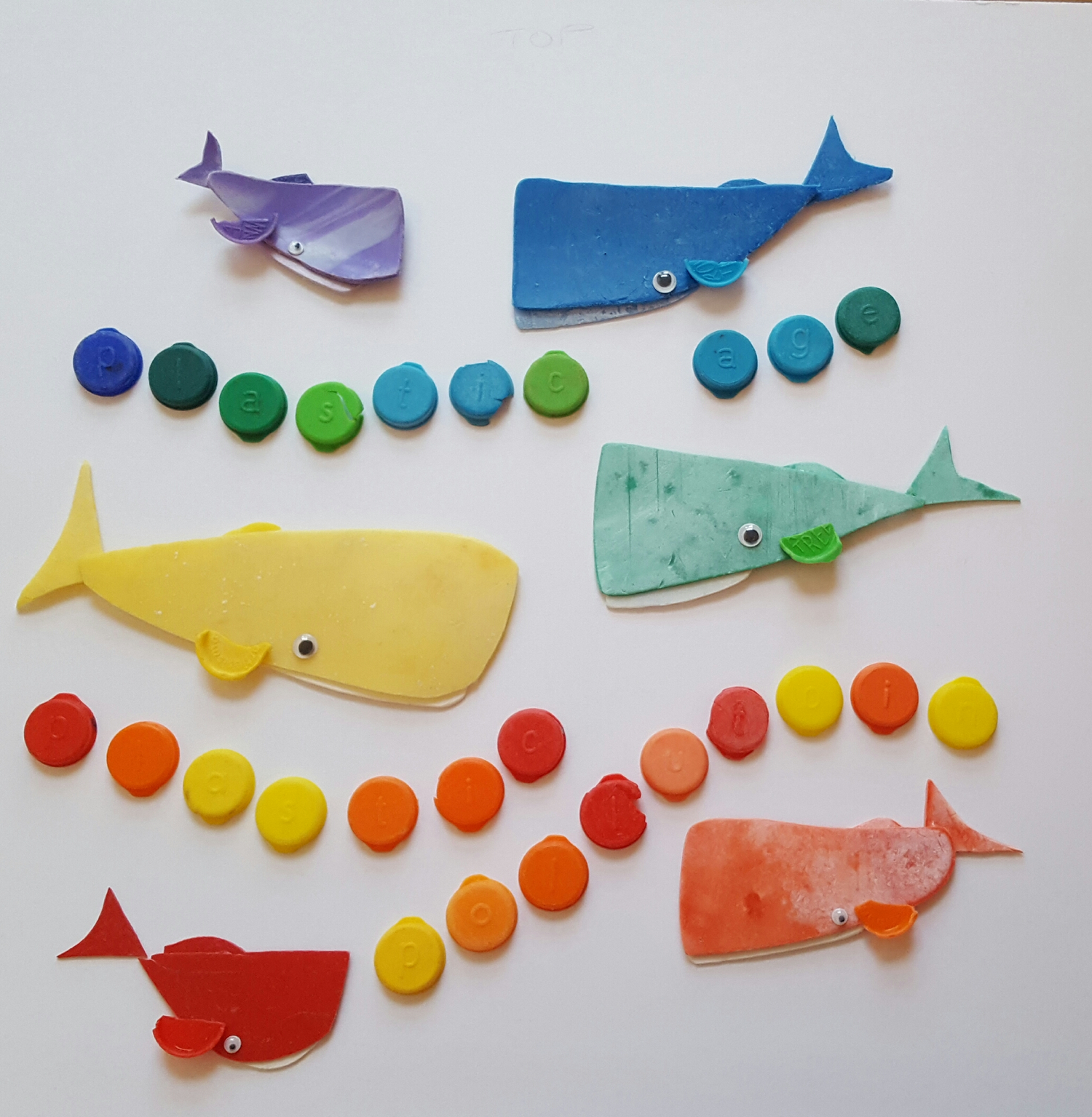
Did you know?
Environmental Impact and Rarity
Smarties lids were washed down storm drains and ended up on beaches years later, which is why there are so many on our beaches. European Smarties lids often float over from Europe. European lids have a letter on the inner side but no writing on the back. They have a slight hexagonal look to the rim of the lid. Sometimes we find fake lids with no writing on them. When found on beaches, we assume they have floated here from overseas. Similar copies include Clarnico and Kent.
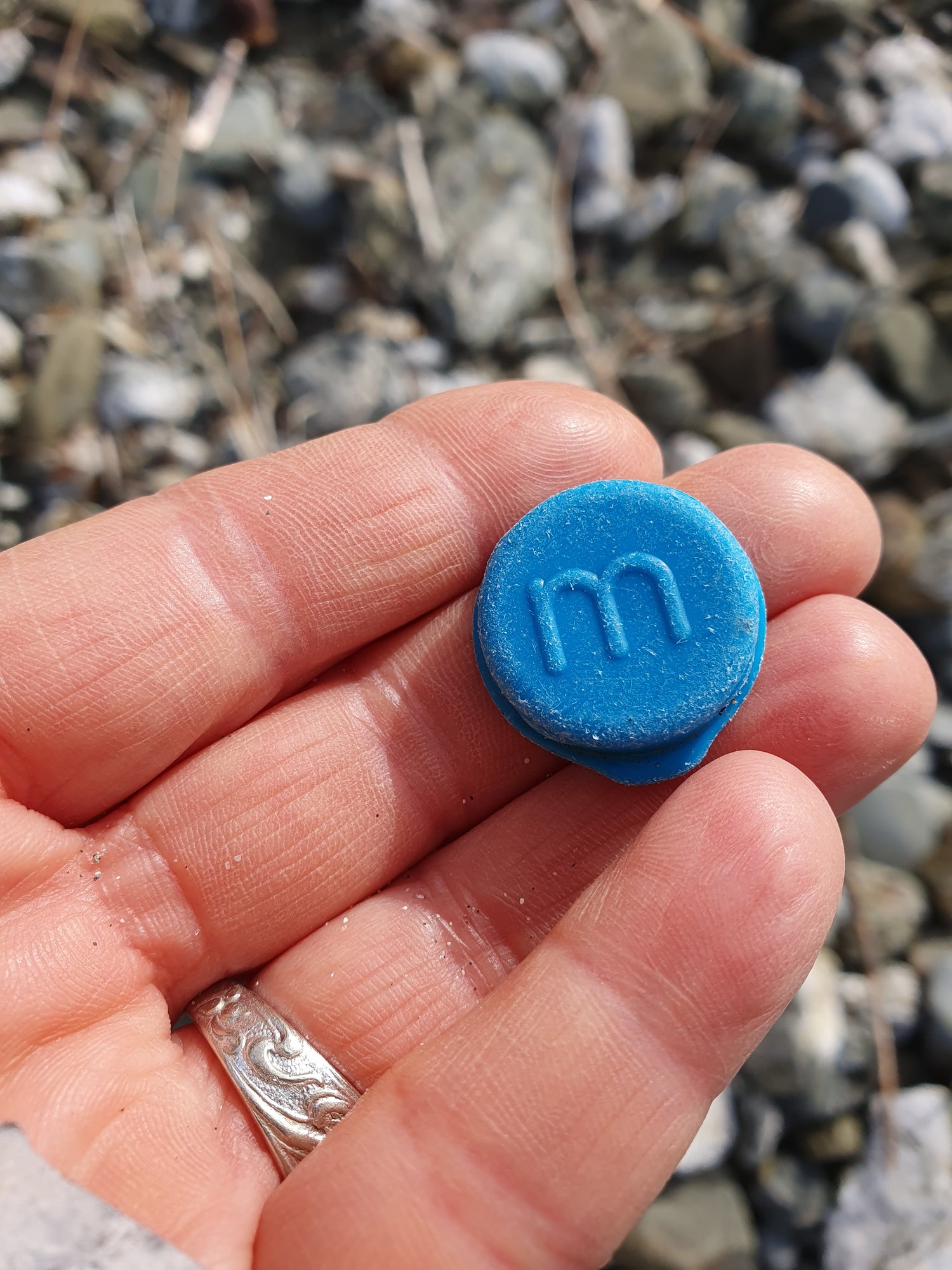
Did you know?
Global Reach and Popularity
By 2021, Smarties became the first global confectionery brand to switch to recyclable paper packaging.
If all the Smarties eaten in one year were laid end to end, it would equal almost 63,380 miles – more than two and a half times around the Earth.
Smarties were popular in the UK, Isle of Man, Ireland, Canada, Australia, Slovakia, Czech Republic, Portugal, Spain, Switzerland, Liechtenstein, Germany, The Netherlands, France, Italy, Greece, the Nordic Countries, South Africa, and the Middle East.
The US has its own Smarties, which are more like fruit sweets.
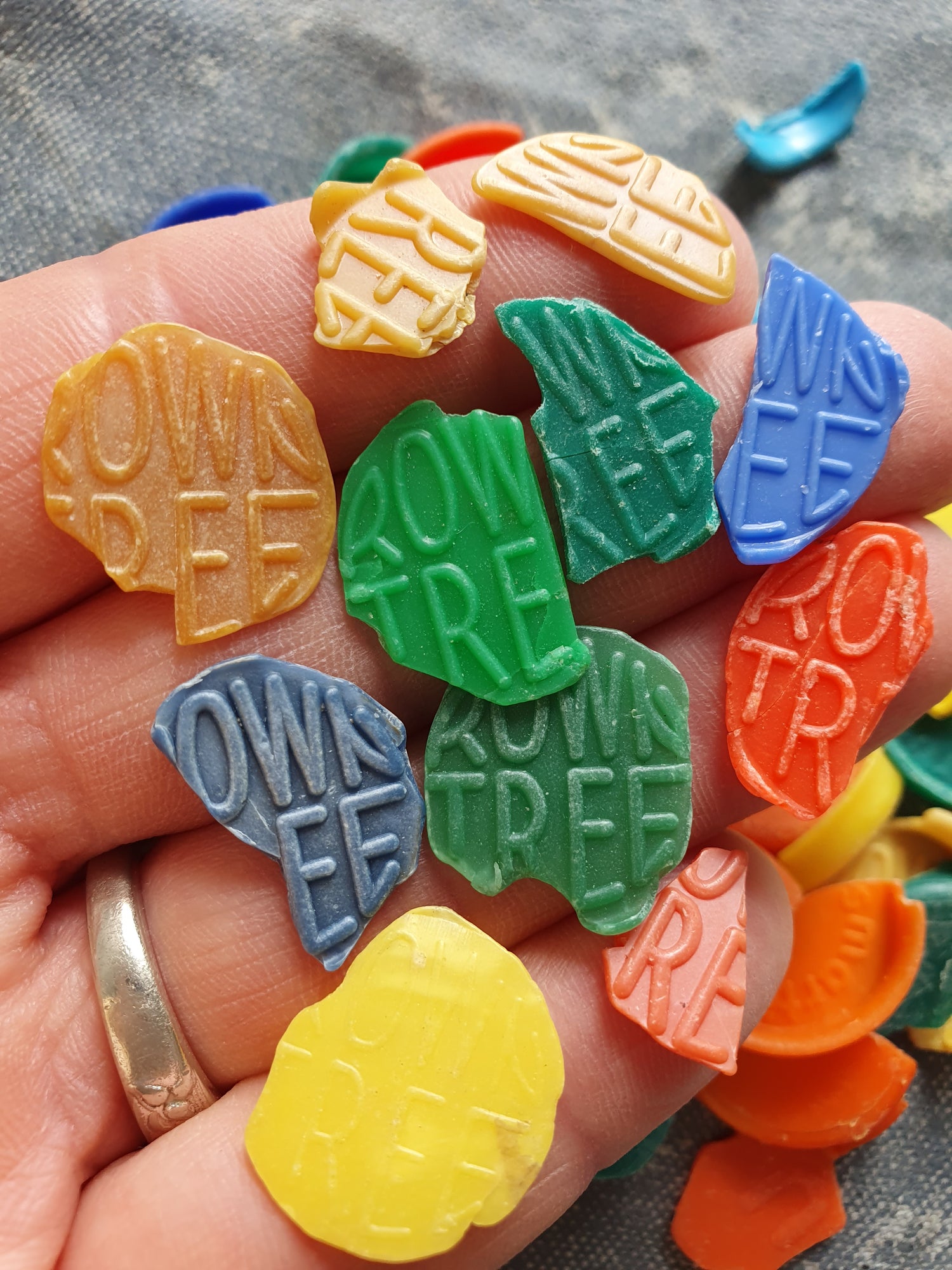
Did you know?
Unique Collectibles and Fun Facts
The last 100 tubes of Smarties to leave the factory in York had a certificate inside them. Almost 17,000 Smarties are eaten every minute in the UK.
Over the last 25 years, Nestlé and Rowntree have manufactured five billion Smarties lids. Some are very rare and are considered collectors' items.
Equal quantities of letters were produced except for Q and Z, which used the same stamp and are half as common as the others.
Many thanks to Northerntrumpeter, Smartie Lids Museum, ClassAxe, Wikipedia, Smartielidscollector, and Beach Stuff.
